The immediate suggestion from multiple family members upon hearing of our plans to convert a VW Beetle to electric power was “put solar panels on it, then you won’t need to plug it in at all!”. To which my response was “Do the math!”. Which got me a blank stare, and when I tried to explain, got me a glazed over blank stare.
So here’s the math, with some minor rounding to keep the sums simple.
The sun radiates an effectively unlimited amount of energy. It spreads it out in all directions and it is very far away. By the time the sunlight gets to the surface of the Earth, on a sunny day, at noon, at the equator, there is about 1000 Watts per square meter available for us to convert to useful power.
On a typical car, once you eliminate the windows, which you need to see through, there is maybe two square meters of surface looking up at the sky where you can stick solar panels, so there is a maximum of 2000 Watts to be had.
The best commercially available solar panels, in ideal conditions, can convert a maximum of 20% of the sunlight to electricity, but affordable ones get less. These ones are typical, and give about 100 Watts per square meter, or 200 Watts for our available area.
Ideal conditions means being at the equator, at noon, no clouds and the panels at right angles to the sun. We aren’t at the equator, it usually isn’t noon, clouds happen, the panels are at whatever angle the car happens to be pointing, and the sun moves across the sky anyway. Let’s generously say that all these non-ideal factors cut us down to 100 Watts.
The average electric car conversion uses 200 Watt-Hours per mile. If we assume that this is bimbling along at a useful 30 miles per hour, the car would be consuming 30 x 200 = 6000 Watts. The solar panels can only provide 100/6000 = 1/60th of the power we need to push the car along a suburban street. So they are pretty useless for powering the car in real-time. That is not to say that if you built a specially light car, with low friction and drag, and spread it out so it had lots of area for solar panels and then drove it somewhere really sunny, it wouldn’t work. In fact they race cars like this in Australia. It just isn’t something you are going to get registered at the DMV and run down to the shops in.
So what about using solar panels on the car to charge the batteries? That can be done, but is pretty ineffective. If we park it at work and let it charge for 8 hours at 100 Watts we can put about 800 Watt-Hours into the battery – which adds a whopping 4 miles (at 200 Watt-Hours to the mile) to the range of the car. Every little helps – you might think.
But this only takes into account the electrical characteristics. Solar panels have a physical aspect too. They are big, heavy and flat. The weight of our example panels is about 100lbs, plus mounting bracketry and extra electronics. The electric car conversion is already wallowing under the weight of the batteries – so we’d need to lose about two Trojan T105 batteries to make way for them. Even allowing for a 50% maximum discharge, these batteries represent 1350 Watt-hours of stored energy – nearly 7 miles of range. So if we kept the batteries and charged them before we left home, our overall range would be 3 miles longer than if we replace them with panels. Yes, the power is free, saving about 10 cents a day (assuming off-peak overnight charging with the new smart meters).
The other physical aspect to consider is that solar panels are big flat things. Little round cars (we are looking at the VW Beetle remember) don’t have lots of flat surfaces to let big flat things blend in, so our streamling will be kaput. This means it will take more then 200 Watt-hours per mile to push the car down the road. It won’t take much additional drag to have the car use more energy pushing the panels through the air on the way to and from work than they can generate all day long, at which point you need to buy more power from the power company than you did before.
Even if you could save that 10 cents a day, those two square meters of panels are priced at $1420. It would take about 39 years for them to pay for themselves.
So when they come up with cheap, flexible (paint-on?) solar panels, it would’t hurt to add them, but in the mean time the funds are better invested in things like regenerative braking or a smart charging sytem that lengthens battery life. Solar panels on the roof of the house, which has enough surface area to make in impact and offsets peak usage in the household (we were dinged up to 44c/Kwh last summer) makes sense – sticking them on a little electric car does not.
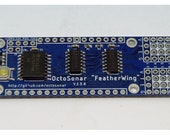

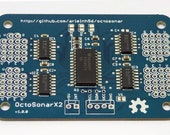

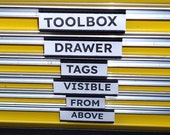

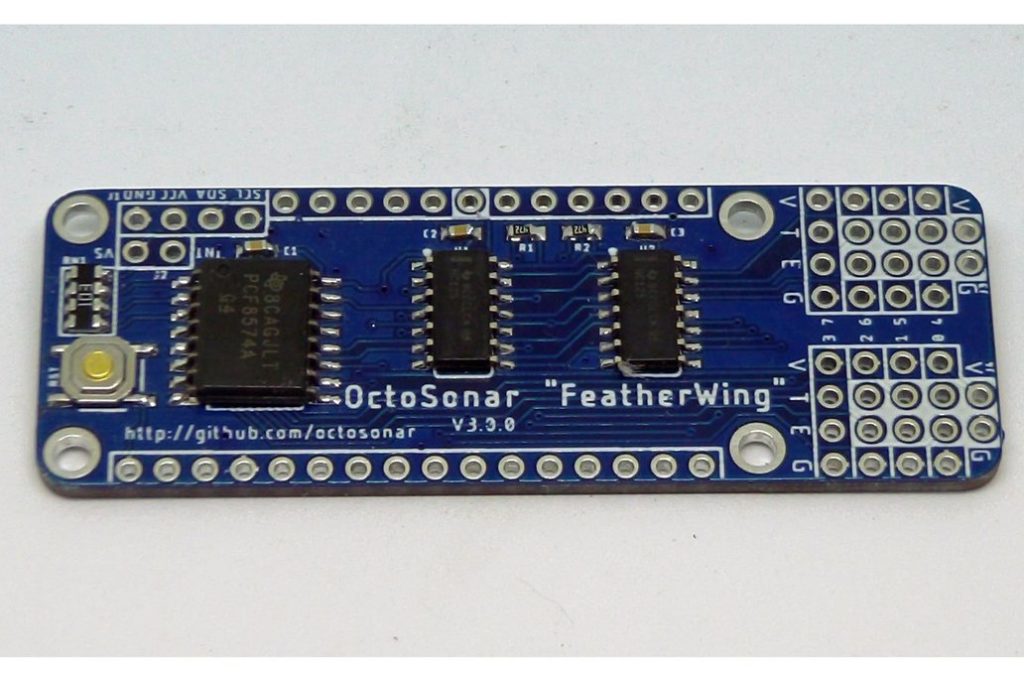
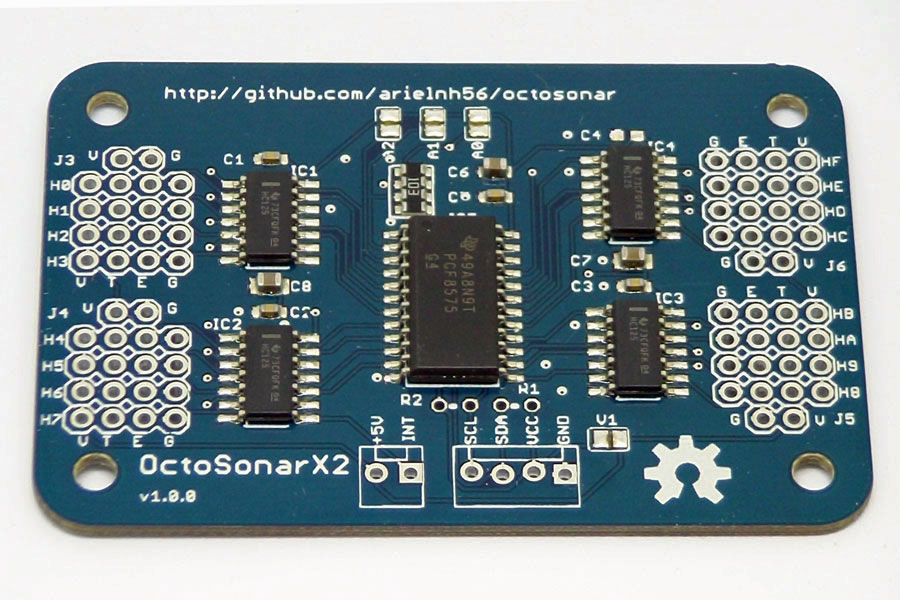
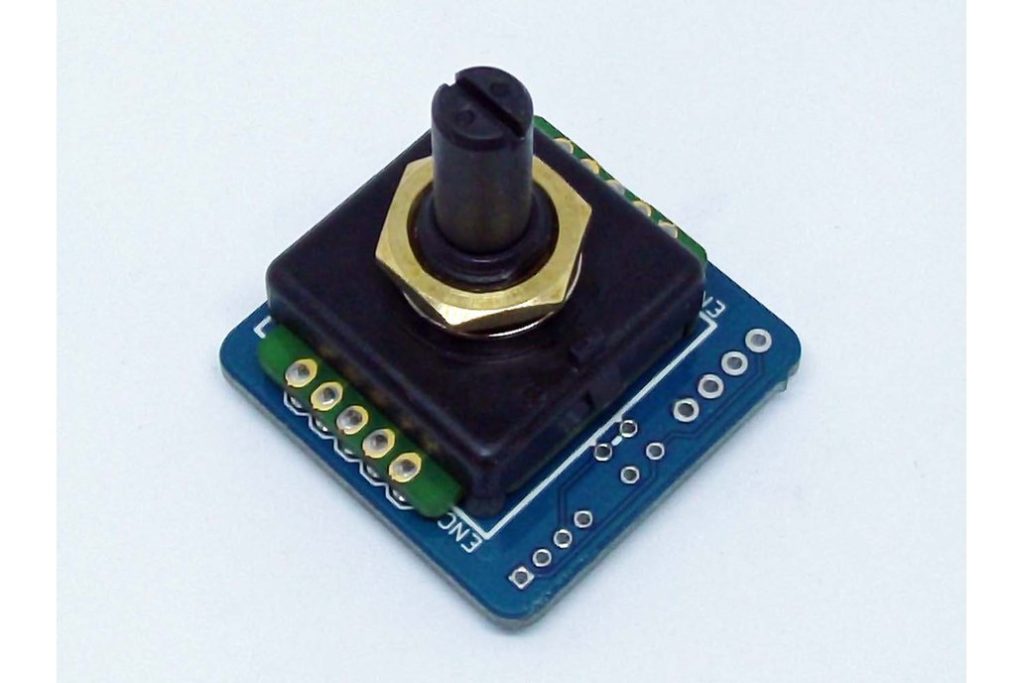
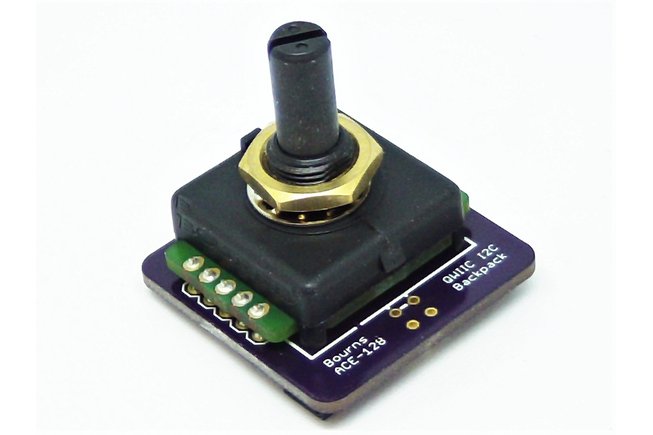
2 Responses
We don’t think it’s as easy as your everyday peel-and-stick adhesive bumper sticker, but just the same. It sounds like a major improvement from the tedious drilling and constructing that goes into the installation of ordinary solar panels. The Lumeta PowerPly solar panels are glued in place on the roof, using adhesives normally used in roofing. So far the method/product is only available for commercial buildings, but we hope an application for private homes will be in the market soon.
I can’t see how 4’x8′ flat roof panels would work on the roof of a VW bug.